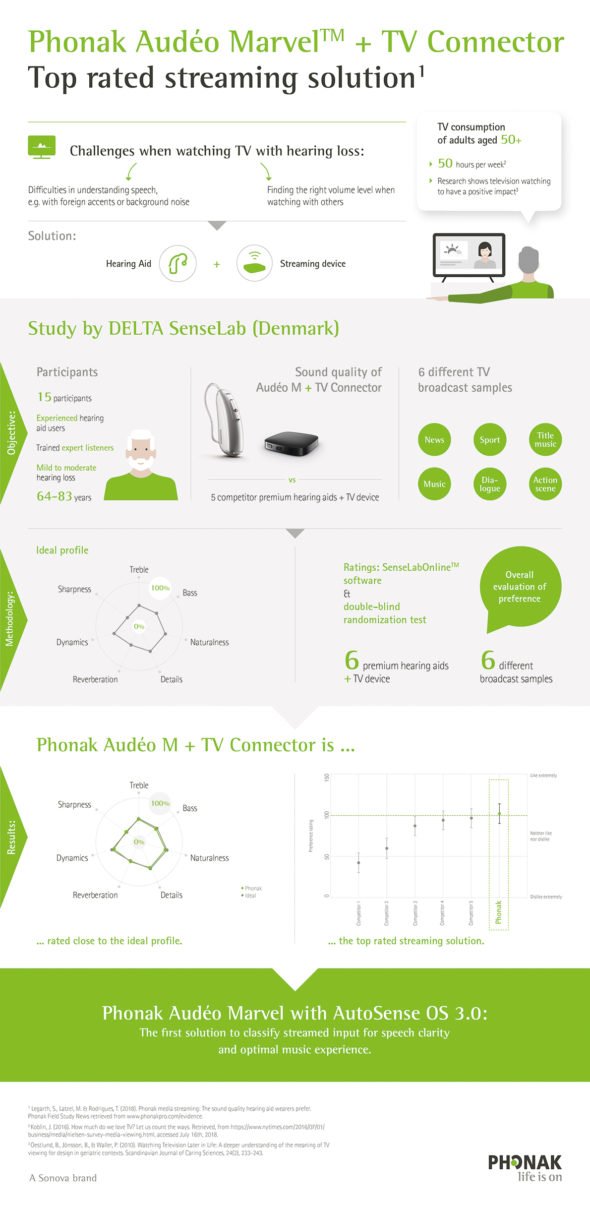
Keep calm and stream on…
Media streaming is an activity which continues to grow in popularity and technologies which deliver it must keep up with the needs of its users.
I recently discovered that one of the most relaxing yet entertaining activities to enjoy in the Swiss summer is to float down a portion of the Linth river into Lake Zürich – an activity which expands over the course of four languid and indulgent hours.
The Linth (pronounced “lint”) is a Swiss river approximately 50 kilometres long rising near the village of Linthal in the mountains of canton Glarus. It collects water from several surrounding glaciers and tributary streams and its power is used today to drive the Linth-Limmern power stations.1
Preparing for this activity required the dedication of spending the full day prior visiting every local outdoor adventure store (as well as some further afield) to purchase the perfect gear that would equip 4 adventurous adults with everything we needed to ensure the most optimal experience for all. No mean feat when you consider that this involved 3 of the 4 ‘rational’ adults bustling about rather irrationally, each with their own idea of what the absolute essential kit should comprise. The list of paraphernalia included two pool noodles, two different sorts of inflatable mattresses (of course one variety would not suffice), oars for paddling to shore once we reached the lake, a floating cool box for chilled drinks and snacks (goes without saying), and what can only be described as a ‘floating princess island’ for the ladies to lounge on enjoying the perfect mix of sun and shade all day long.
What does this have to do with Bluetooth media streaming?
 Good question, and “Not much” is the answer!
Good question, and “Not much” is the answer!
Standing riverside, preparing all of our new and shiny floatation devices with only one manual foot pump between us (what were we thinking?); its pipes and connector tips being flung in all directions until we finally figured it out (all the gear and no idea!), it struck me that this may be similar to the sentiments of our patients when confronted with all the gadgets and gear we offer them. Extra technology in addition to their new hearing instruments which many have only just tentatively agreed to try as they emerge from their state of denial. All this with the promise that the technology will simplify and reinstate quality to their lives – yet could it be that what they are feeling is rather a bombardment of information, chargers, plug-ins, and pairings which leaves them in a head spin and cold sweat?
Auto-classification of streamed media adds to the plug-and-play experience
Thankfully, unlike the effort we intrepid adventurers endured in order to finally launch our vessels into the water, plug-and-play functionality, along with direct AirstreamTM connectivity of the Phonak TV Connector and Audéo Marvel devices really is a cinch. No more time wasted having to read instruction manuals for pairing and connecting.
Even more impressive is the fact that the Marvel technology now includes AutoSense OSTM 3.0, an advancement of the previous system, to include streamed media inputs into the tried and tested automatic sound classification. The system recognises when streamed broadcasts are predominantly speech-in-quite vs speech-in-noise (for sport and music shows). Gone are the days of streamed media inputs being processed uniformly based on only one program with the acoustical characteristics of a calm situation. A recent external study conducted by DELTA SenseLab in Denmark confirmed that wearer’s rated the new Audéo Marvel in combination with the TV Connector among the top media streaming solutions on the market and close to their definition of the ideal sound profile.2
Quality and ease you can depend on
So whilst both activities involve a ‘stream’ of some sort, they couldn’t be more dissimilar in their ease of use – enormous preparation and effort to enjoy a 4 hour drift vs the out-the-box functionality of the Phonak Airstream technology.
Where the similarity does lie is in the quality of the experience. We were eventually able to completely relax and succumb to the ebb and flow of the stream, taking in the sights, sounds and smells of nature as we drifted. So too can Phonak users take in the sounds of life, media streaming and otherwise, secure in the knowledge that Phonak AutoSense OS 3.0 and the Airstream technology have their hearing needs covered, automatically and with ease.
1 Wikipedia (2018). Linth. Wikipedia, the free encyclopaedia. Retrieved from https://en.wikipedia.org/wiki/Linth.
2Legarth, S., Latzel, M. & Rodrigues, T. (2018). Media streaming: The sound quality preferred by hearing aid users. Phonak Field Study News. Retrieved from www.phonakpro.com/evidence.
